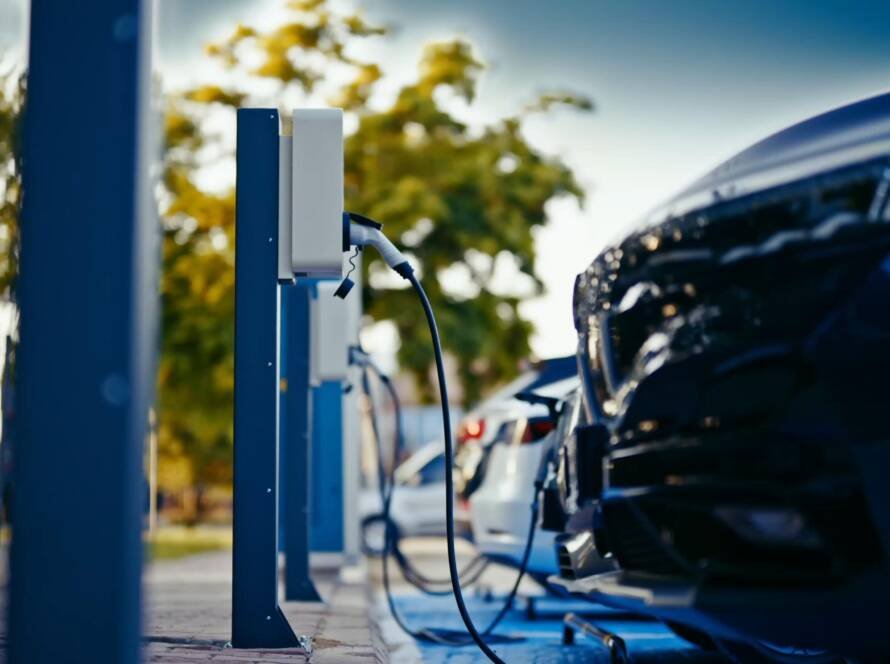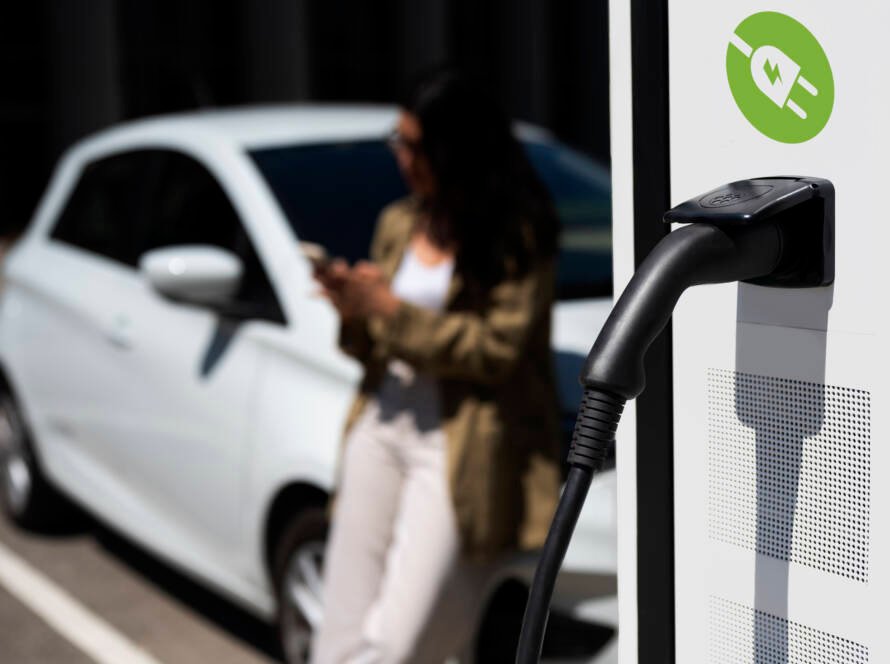The transition to electric driving is in full swing. More and more companies are investing in charging stations, both to support their own fleets and to offer employees and visitors a charging option. But what should a company consider when transitioning to electric mobility? In this blog, we discuss the benefits, the importance of a site survey and the subsidies and regulations available around charging station installations.
1. The benefits of charging stations for businesses and their employees
Electric vehicles (EVs) are becoming increasingly popular, and with good reason. By investing in charging stations, a company not only plays into a sustainable future, but also enjoys various business benefits.
Benefits for businesses:
- Sustainable image: Companies that invest in charging stations demonstrate their commitment to sustainability and innovation. This can contribute to a stronger reputation and attractiveness to customers and partners.
- Lower long-term costs: Electric driving is often cheaper to operate than traditional fuels. Companies with their own charging network can save costs on fuel allowances and buy energy smartly.
- Attractive to employees: Many employees are making the switch to electric driving and expect their employer to provide charging options. This can be a significant advantage in attracting and retaining talent.
- Additional revenue source: Companies can make charging stations accessible to externals and offer charging options for a fee, creating an additional revenue stream.
Employee benefits:
- Convenience: Employees can charge their cars during working hours and no longer have to rely on public charging stations.
- Cost savings: Companies can partially or fully subsidize charging facilities, which helps employees drive electric more cheaply.
- Sustainable mobility: Electric driving reduces CO₂ emissions and contributes to a cleaner work environment.
2. How a site survey helps make the best location choice
A site survey is an essential step in installing charging stations. This survey determines the most efficient and cost-effective locations on the premises.
Important factors in a site survey:
- Available power capacity: How much power is available and is expansion needed? An analysis of the power grid helps determine how many charging stations can be installed and whether grid reinforcement is needed.
- Location and accessibility: Charging points should be strategically placed so that they are easily accessible and make the best use of the site. Consider parking spaces close to the building or dedicated charging zones for visitors and employees.
- Future expansion: Demand for charging stations is growing. A site survey helps account now for expansion in the future so the company does not have to reinvest unnecessarily.
- Type of charging stations: Fast charging poles, regular AC chargers or a combination? The choice depends on use: commercial vehicles may benefit from fast chargers, while employees can slowly charge their cars during the day.
With a thorough site survey, companies can invest more efficiently and avoid unforeseen costs in the future.
3. Subsidies and regulations surrounding charging station installations.
The government encourages companies to invest in charging stations through various subsidies and tax breaks. This makes the switch more financially attractive and helps companies become more sustainable faster.
Some key regulations:
- Investment deductions and tax benefits: In Belgium, companies can benefit from increased investment deductions on charging infrastructure. This means that part of the cost is tax deductible.
- Grants by region: The Flemish, Walloon and Brussels governments offer specific subsidies for installing charging stations, depending on the location and type of business.
- Green energy benefits: Companies that combine charging stations with solar panels or other renewable energy sources can receive additional subsidies.
- Smart charging solutions: Some subsidies specifically target "smart" charging stations that reduce load on the grid by dynamically charging when energy prices are low.
In addition, companies should consider regulations surrounding public and private charging stations. These include guidelines for the accessibility of charging stations in company parking lots and standards for charging fees when employees charge their company cars at home.
Conclusion
For many companies, the transition to electric driving is no longer a question but a question of when. By investing in charging stations early, companies can enjoy financial benefits, build a more sustainable image and better support their employees in the transition.
Want to learn more about the possibilities for your business? A-NET helps you with advice, a thorough site survey and efficient installation of charging stations. Contact us and find out how we can support your company in the transition to electric mobility.



